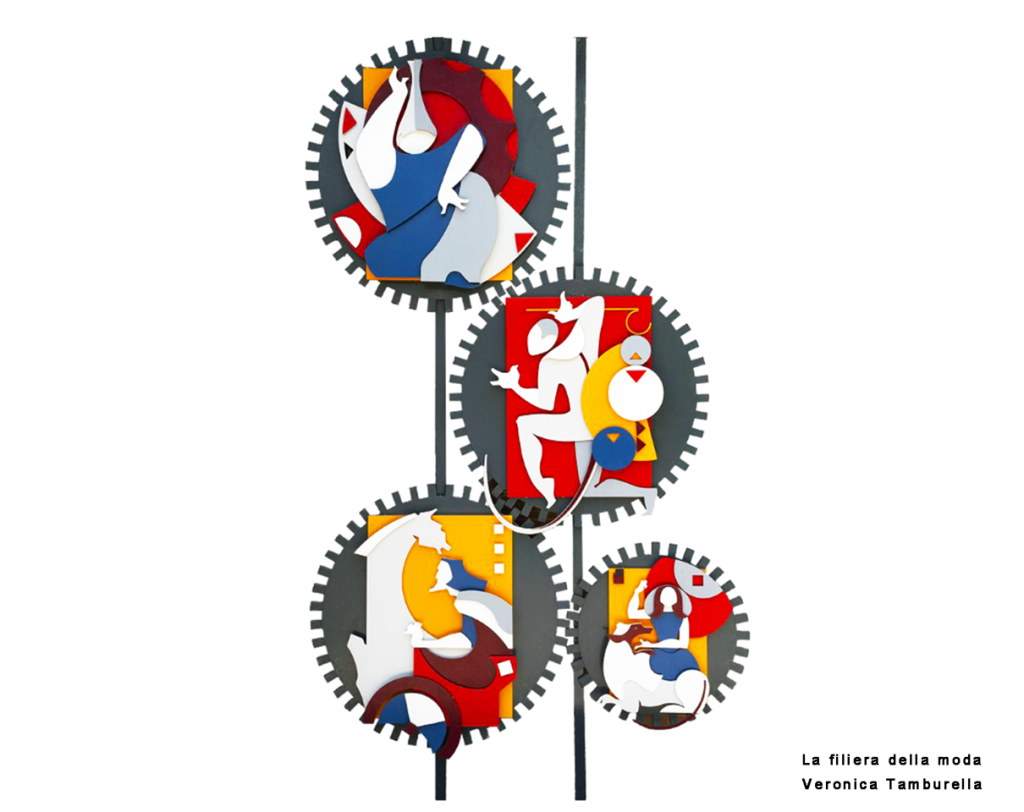The distribution system in the world of retail fashion is short-sighted…
Fashion Distribution System The myriad of small and medium-sized clothing and
fashion accessories shops, which populate the streets of Italian towns and cities
scattered everywhere and to this day they appear to be around 78,000
(Unioncamere and Infocamere December 2023), yes they cling to end-of-season
sales like a life preserver . . . so as not to drown. . . the sales dates are the first of July
for PE and the first of January for AI: let’s not lose sight of these dates which will
be fundamental for the following.
As is well known, sales sales are now effective no later than two o’clock weeks
from the beginning and then a slow agony where the only certainty is: “how
much money we are losing.” The obstinacy with which they carry them forward is
what for the PE continues until the end of September and for AI until the end of
February if not halfway March!
We are missing the point that this behavior leads to products being put up for
sale of the new seasons late, i.e. for AI only from October and for PE from mid-
October March forward, i.e. we would have the presumption of having sell outs at
full prices for only 3.5 months in PE and 3 months for AI and here with the
aggravating circumstance of BlackFriday” (see my 2022 post also on Linkedin)
which reduces the marginality.

The Sell Out Dilemma: How to Increase Full Price Sales.
The question that the enlightened are asking is how this is possible in a short
time bring sell outs at full price to 50% or 60% of the input: The answer is given
by the markets of Northern Europe or the international chains that after 2
weeks of sales, they immediately insert the company’s products new
season, dividing the point of sale into old and new products.
If the less short-sighted imitated them, we would have 5.5 months for both
seasons of sales at full prices: the experience of Northern Europe or the large
chains international, they teach us that a product is purchased correctly
brings about 11% of sell out per month, i.e. 55% of sales before the sales.
What is certain is that if we have purchased unsellable things it is preferable, if
possible, ask the manufacturing companies to replace them or tragically
alternatively remove them from the windows and then sell them off, because
anyway yes it is a wrong purchase and this can happen, in Fashion Distribution
System.
The Paradox of the Retail Sector in the Fashion Distribution System: Selling
the Unsellable to the detriment of the New
What is happening in Italia is the paradox of the “dog who yes bite the tail”, or to
get rid of the inventory or goods bought badly, we don’t put new goods on
sale for later consequently create new inventories for having given little time to
products, to leave the store.
Another fundamental note is not to “restock what is sold” for attempt to sell what
is unsellable: such behavior typically “local” creates a double damage that no one
notices and/or takes into account.
I fear that if we do not put into practice what has been reported above, “we will
go to crash into a wall” and as usual, blaming facts external contingents
and never to our short-sightedness. . .

